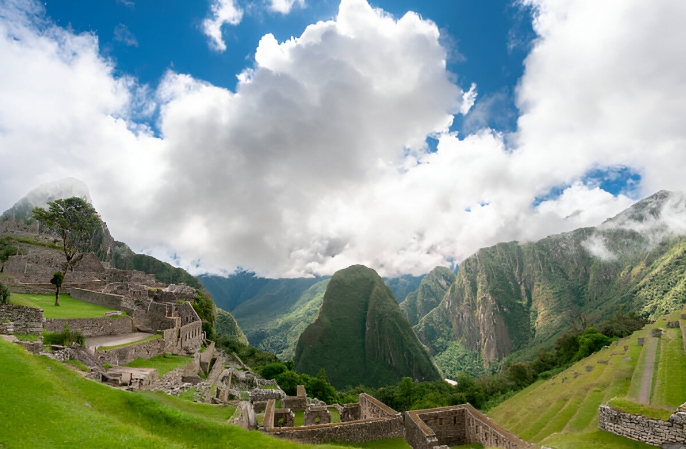Cusco, the historic heart of the Inca Empire, sits at an elevation of approximately 3,400 meters (11,200 feet) above sea level. This high altitude can be a challenge for many visitors, but understanding its impact and preparing accordingly can ensure a smooth and enjoyable trip.
The elevation of Cusco means that the city is significantly higher than many travelers’ home altitudes. The thin air at this height can lead to altitude sickness, which might include symptoms like headaches, nausea, and shortness of breath. To minimize these effects, it’s advisable to acclimate gradually. Spend a few days in Cusco before venturing to higher altitudes like Machu Picchu. Drink plenty of water, avoid heavy meals, and rest as needed.
Cusco’s elevation also contributes to its stunning panoramic views and cooler climate. The city’s high altitude provides breathtaking vistas of the surrounding Andes Mountains and the Sacred Valley, enhancing your overall travel experience.
For more detailed information and tips on how to make the most of your trip to Cusco and beyond, including travel recommendations and booking services, visit Peruways. This resource offers valuable insights to help you navigate the altitude and explore the rich cultural heritage of the region.
By understanding and preparing for Cusco’s elevation, you’ll be better equipped to fully enjoy the wonders of this incredible destination.










Comment (0)